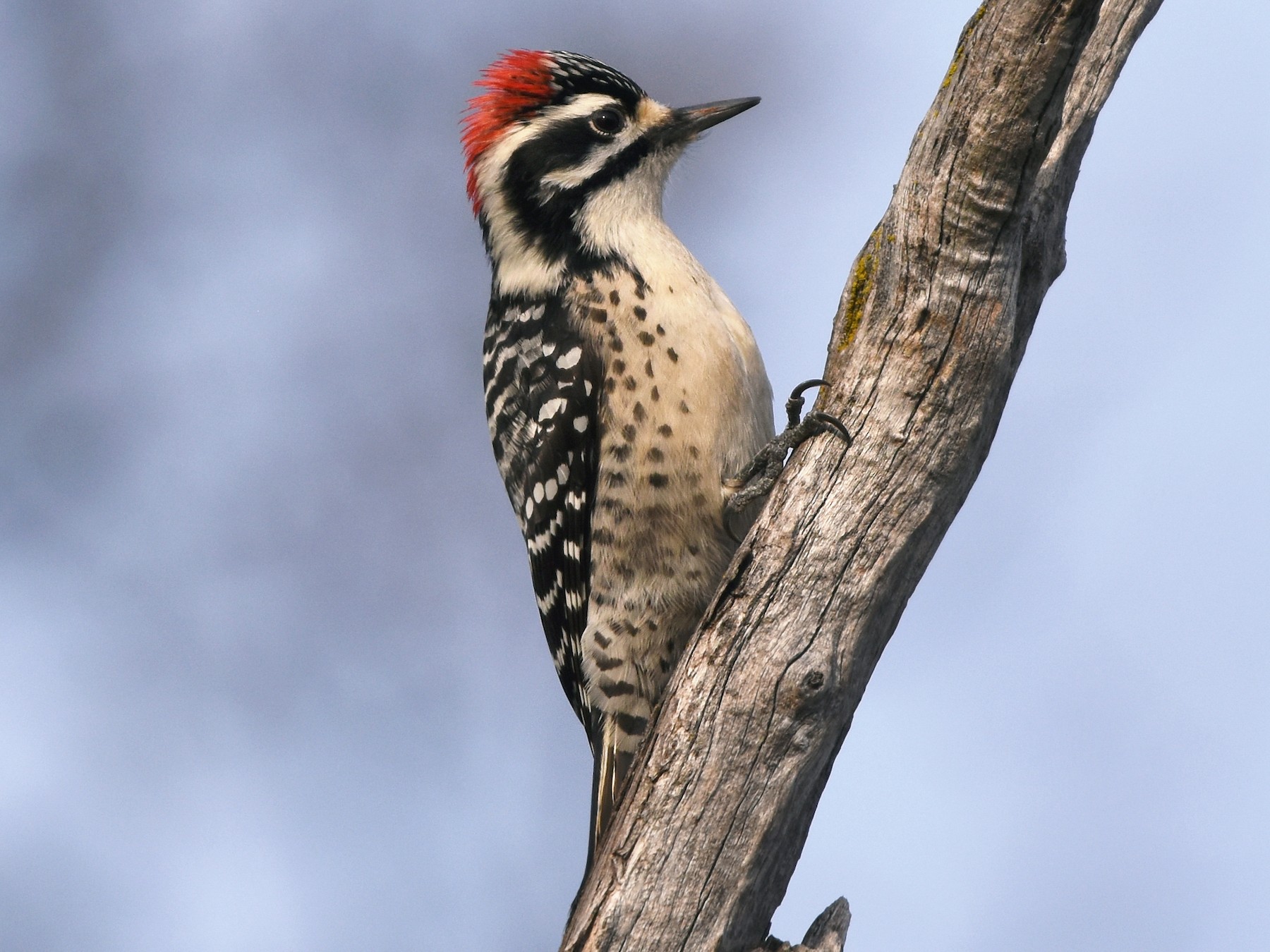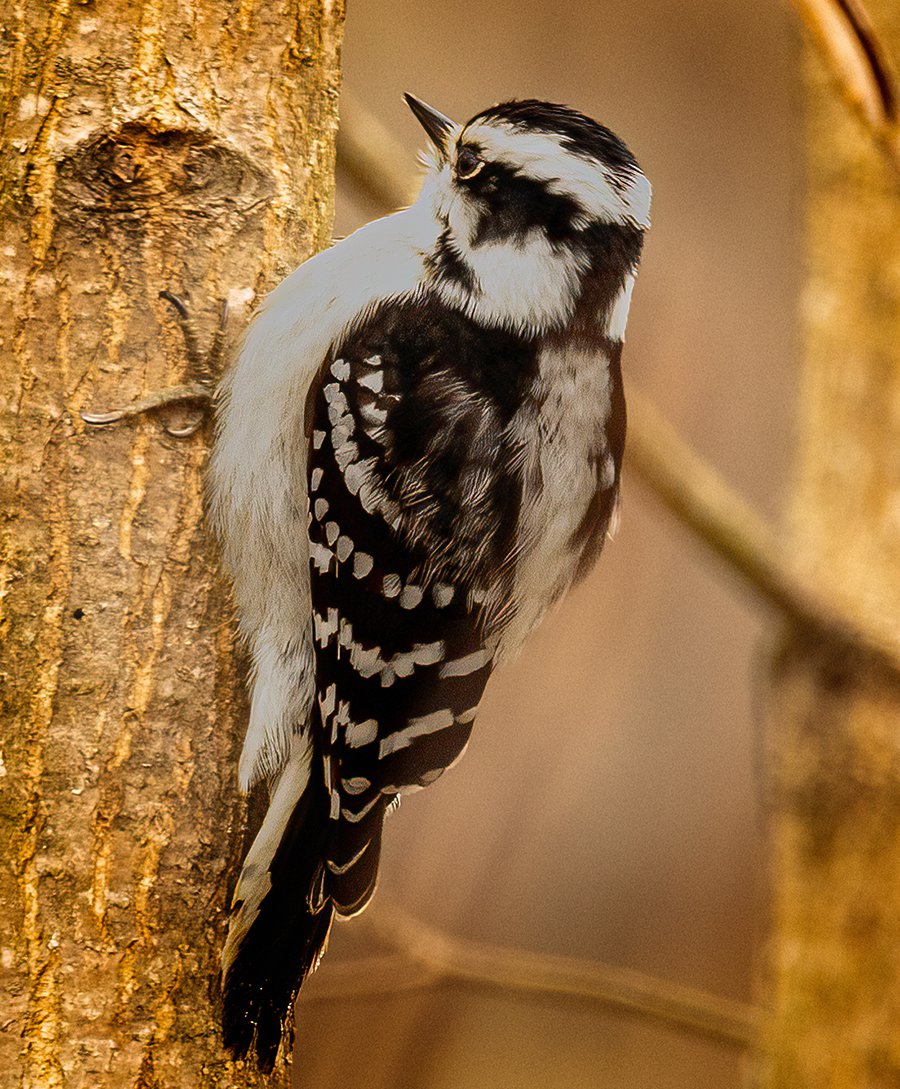Comprehending Woodpeckers in Florida: Behavior, Variety, and Environments
Wiki Article
Introducing the Secrets of Woodpeckers: Behavior, Habitat, and More
Woodpeckers, with their one-of-a-kind actions and specialized adjustments, have lengthy interested researchers and nature enthusiasts alike. These exceptional birds possess a series of fascinating secrets that shed light on their survival strategies, habitat preferences, and complex interaction methods. By revealing the secrets bordering woodpeckers' habits and environment options, a deeper understanding of these bird wonders emerges, using a look into their fascinating world. So, what makes these birds truly remarkable, and how do they browse their setting with such precision and skill? Let's check out the captivating world of woodpeckers and decipher the enigmatic information that make them such intriguing subjects of research study.Woodpecker Behavior Insights
In checking out woodpecker habits, an interesting screen of specialized abilities and adaptations arises, dropping light on their amazing environmental niche - Woodpeckers in Florida. Woodpeckers, understood for their distinct drumming on trees, possess a selection of behavioral traits that add to their survival and success in their atmosphere. One crucial behavior is their drumming, which serves several functions such as interaction, developing area, bring in companions, and finding food sources. This rhythmic pecking likewise showcases their exceptional toughness and endurance, as they can hammer away constantly at broadband without triggering damage to themselves.Furthermore, woodpeckers display an unique feeding behavior characterized by their ability to extract pests from tree bark utilizing their specialized beaks. Their lengthy, barbed tongues help in capturing victim, while their solid neck muscles supply security and precision throughout pecking activities. This feeding technique enables woodpeckers to accessibility surprise insect larvae and remove them with impressive effectiveness.
Habitat Preferences and Option
What aspects influence the environment preferences and option of woodpeckers? One vital variable affecting woodpecker environment choice is the accessibility of ideal nesting sites. Woodpeckers commonly like woodlands with a mix of fully grown trees that offer enough possibilities for tooth cavity excavation.Furthermore, woodpeckers reveal a choice for habitats with a bountiful supply of food resources. They are mainly insectivorous, feeding upon beetles, ants, larvae, and various other pests discovered in worn out timber or tree bark. As a result, woodpeckers tend to favor woody areas with a varied insect population to meet their dietary demands.
Additionally, the existence of dead or worn out trees is an additional crucial consider woodpecker environment option. These trees not just offer food sources however likewise provide appropriate substrate for dental caries excavation. Dead trees are crucial for the maintenance of healthy woodpecker populations, as they play a vital duty in the woodpeckers' life cycle and community characteristics.
Feeding Behaviors and Diet Regimen Structure
Woodpeckers demonstrate a specialized feeding actions focused on foraging for insects within various environments. In addition to bugs, woodpeckers also consume tree sap, fruits, nuts, and seeds, including selection to their diet plan depending on the season and availability of food resources.The foraging methods of woodpeckers are well-adapted to their arboreal lifestyle. Woodpeckers play an essential duty in preserving the health and wellness of woodlands by controlling insect populaces and helping in the disintegration of timber.
Drumming Appears and Interaction
Making use of quick drumming sounds on numerous surface areas, woodpeckers employ an unique kind of communication to indicate territory boundaries and attract mates. This drumming behavior is not just a method of interaction however likewise serves as a means for woodpeckers to develop their existence within a certain location. The strength, speed, and pattern of the drumming can communicate vital information to various other woodpeckers around.Woodpeckers use drumming sounds to reveal their presence in a region and to caution site here off possible trespassers. The loud and repetitive nature of the drumming works as a clear signal to other woodpeckers that the location is already asserted. This helps in reducing conflicts and lessening physical conflicts between individuals.

Survival Adaptations and Specialized Composition

Verdict
To conclude, woodpeckers exhibit special behaviors, such as drumming audios for explanation communication, and have specialized composition for survival in their chosen environments. Their feeding routines and diet plan make-up better show their versatility to different atmospheres. By comprehending these facets of woodpeckers, researchers and preservationists can much better secure and protect these remarkable birds and their communities.Report this wiki page